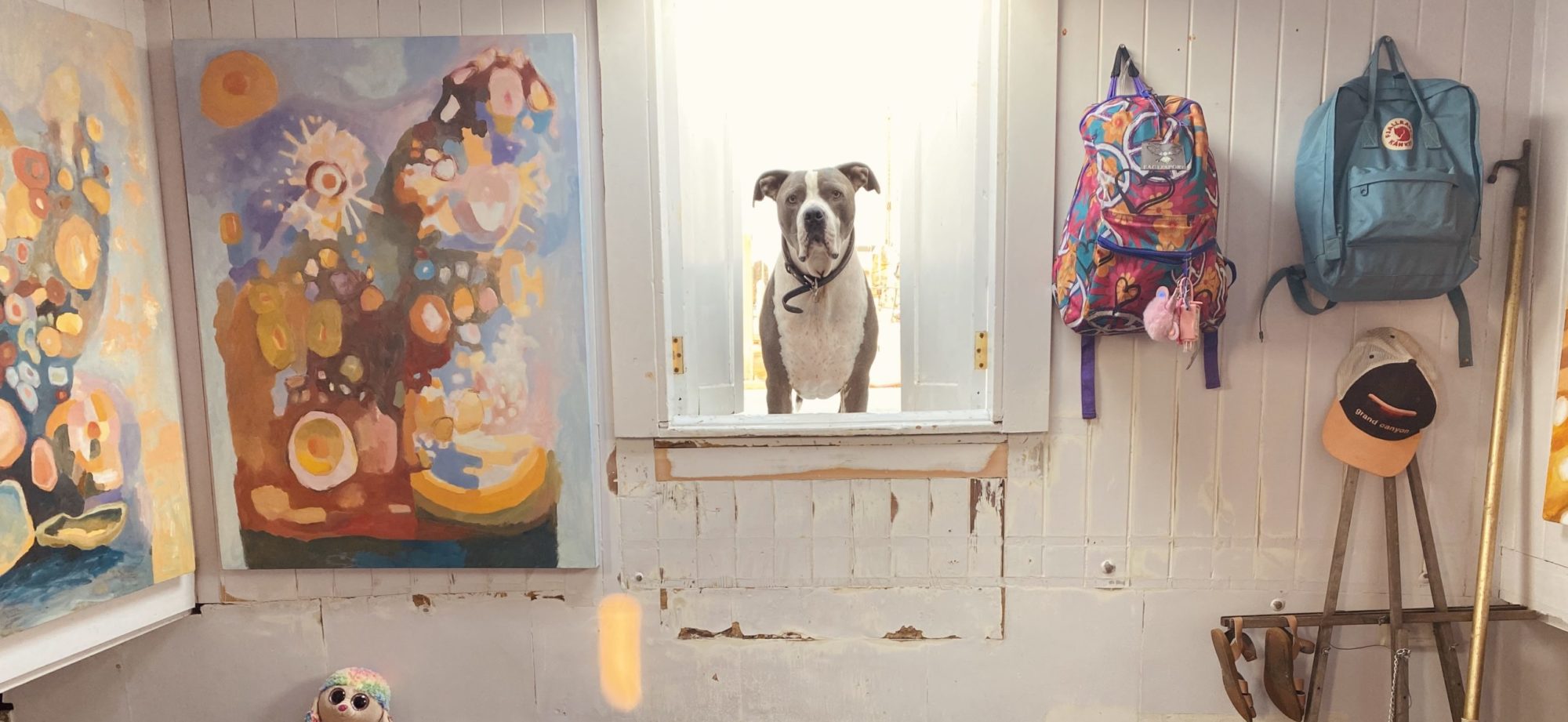
Ford, taking a break from gardening to gel in the treehouse.
I think one of my greatests ambitions is to make my kids good stewards of our tiny planet. Partly out of pleasure, partly out of guilt, it’s something I prioritize with as much earnesty as good manners and hygeine. And even though we may be shortcoming in the latter two areas, the kids amaze me in their ability to identify sycamores and scrub jays when they see that pretty bark or hear that raspy sqwawk. After all, we’re leaving quite a legacy for them, both good and bad. Because the natural beauty of this world never stops astonishing me in new ways and because it’s tragic the way humans seem to awkwardly fuddle along, tracking mud all over the place.
My dad, like many children of his generation, spent nearly all of his youth in sunlight and mystery of the outdoors. From raising alligators in his family’s bathtub to bringing sugar gliders to school in his shirt pocket, he built an affinity for wildlife and a responsibility to protect it. Nowadays, at his home in Houston, you can stop by the house and find him digging for worms in the backyard with the neighbors’ children, or building birdhouses, teaching them how to cast in the driveway. I want to be like that always.
And it seems that this generation needs it more than ever, the freedom to roam and appreciate nature and all the therapy it has to offer. Not so much through sheltered nature camps so much as providing them with idle time outside to fiddle fart with blades of grass and fallen honeycomb. But it’s all good. The more the better, right? A book comes to mind, something on the bestseller list last year, by Richard Louv: have you read Last Child in the Woods, saving Our Children from nature-Deficit Disorder?” If you haven’t, go check it out.
In my library at home I have a few favorite that I want to mention, on this subject of sharing nature with children. Here they are, please check these out as well. I wish I had a scanner to help you peek inside the covers. Doesn’t that sound…naughty.
Nature with Children of All Ages is a book I picked up at a thrift store once and fell in love with. It’s divided into broad sections based on habitat or phylum (for example, birds or ponds, streams, swamps and other watery places. In each chapter, there are activities for children designed to awaken their senses, to build contextual knowledge about the world around them, by seeing, hearing, smelling, and touching (and sometimes tasting). Learning bird songs. How to collect animals tracks. Phosphorescence. Drool. Drool. More drool. I love this book so much, this little precursor to didactic biology, where kids sometimes get lost in the tedium of taxonomy.
The second book I dig is A Seasonal Guide to the Natural Year and we currently are using the Northern California edition, although they also have editions for every other major region in North America. This essential reference tells you where to go and when to view natural events in your region or state (and sometimes in areas nearby), divided month-by-month, mentioning when nature is putting on her best shows. It helps when you just don’t know where to focus your explorations (I have that problem); when you would just as soon go tide pooling as you would go traipsing through the woods looking for mushrooms. Oh, the dilemmas I face on a daily basis.
Another book I use, mostly for handwork and “homeschooling” is Earthways, by Carolyn Petrash. This book includes seasonal environmental activites for little ones, like natural egg dying, dish garden-growing, pressed flower cards. More on the Waldorf side, this book also encourages suggestions for bringing nature indoors (through the nature table) and includes lessons that invite children to think about their dependence on the earth through, for example, making butter or taking stalks of wheat and turning it into bread. Great ways to enhance their natural curiosity. Thumbs up.
So, put your finger on nature’s pulse and get that kid outside. And have FUN! I hope these suggestions help. And feel free to mention any of your favorite books in the comments section; I’m always looking for more inspiration.




